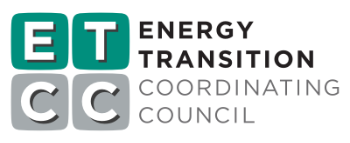Project Info
COMPLETE
Project Title
Heat Pump Rooftop Unit Demonstration
Project Number ET23SWE0054 Organization SWE (Statewide Electric ETP) End-use HVAC Sector Commercial Project Year(s) 2023 - 2025Project Results
Packaged rooftop units are estimated to provide space conditioning for 75% of commercial building space in California and represent a significant opportunity for electrifying space heating loads using heat pump technology. Though space conditioning heat pumps are a keystone technology in California’s plans to decarbonize, there are still uncertainties in the market about what heat pump technology to select for a particular application and the benefits of different features offered by heat pump products. This paper presents the findings from a field demonstration project that evaluated the performance of two 3-ton rooftop heat pump units to assess the impact of electrification retrofits in commercial buildings. The study collected primary data on a standard-efficiency and a high-efficiency heat pump, alongside a baseline gas-fired unit. Detailed monitoring allowed performance data to be normalized to local weather, ensuring accurate comparisons. The high-efficiency unit featured inverter-driven compressor technology, enabling variable capacity operation to match building load. This modulation capability resulted in longer cycle durations and improved overall efficiency. Notably, the advanced features of the high-efficiency unit allowed it to operate without supplementary electric resistance heating, maintaining occupant comfort while reducing peak demand by over 50%. This reduction in peak demand can facilitate heat pump installations using existing electrical infrastructure for gas-fired rooftop units, significantly lowering installation costs. The high-efficiency heat pump demonstrated approximately 7% higher overall efficiency compared to the standard unit which was lower than expected based on the 30% higher rated performance. Analysis of defrost cycles revealed that the high-efficiency unit’s control strategies avoided comfort issues during defrost events by temporarily shutting off the supply fan to avoid blowing cold air on occupants. Overall, the results highlight the advantages of advanced heat pump technologies in electrification retrofits, including reduced installation and operating costs, improved energy performance, and enhanced occupant comfort.
Project Report Document
Loading PDF Preview...
